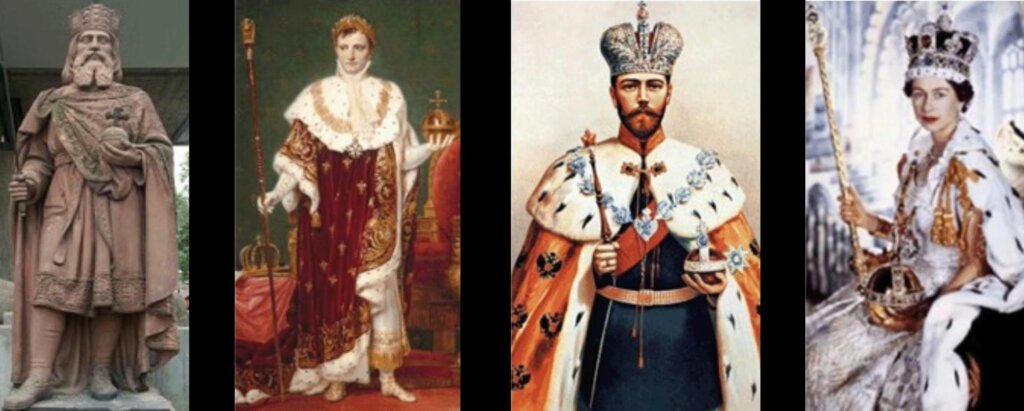CODEX Entry 1014: The Divine Right of Kings and the Royal Houses
The divine right of royal family’s was based on their ability to trace descent from one of the gods. Prior to 500 BC, and in some regions for several centuries longer, most regions perceived gods to be mortal. They were born, got married, had children, grew old, and died. So the death of a god, or a son of a god, was not contradictory. Deification was simply recognition that the person was indeed descended from a god and therefore worthy of worship, or burial in special tombs. This had a different meaning from temples to Heroes, which were defined as men of renown who had achieved Godlike feats but were not descended from the Gods. An example would be Alexander the Great who was deified after his death, unlike his lover Hephaiston, who received the lower rank of Hero.
Throughout history, even in Asia, Emperors used titles like “Son of Heaven” from the Western Zhou dynasty in China in 1000 BC and to Japan in 600 AD. Their titles indicated descent from the gods. Egyptian pharaohs, in some cases, even gave sexually explicit details of their mother’s tryst. In the first four dynasties Egyptian pharaohs were treated as divine though subordinate to their divine fathers. Jewish kings were also referred to as “son of the LORD”¹. In Greek mythology, Heracles and many others were sons of Zeus through union with mortal women. These family trees were a prerequisite to rule, and was why it was so important to Alexander the Great that he was descended through one of these lines with the title “Son of Ammon–Zeus”.
In 42 BC, Julius Caesar was formally deified as “the divine Julius” (divus Iulius) after his assassination. His adopted son, Augustus, became known as divi Iuli filius (son of the divine Julius) or simply divi filius (son of the god)². Later, Tiberius (emperor 14–37 AD) came to be accepted as the son of divus Augustus, Hadrian as the son of divus Trajan, and Domitian was being called dominus et deus.
The crystal orb and rod of elohim or the Was-sceptre of Egyptian Pharoahs, staffs originally made of heavy bronze covered with alternating stripes of blue glass, obsidian, and gold. The crown symbolizing the sun or Amen’s orb. In the image below we see Charlemagne in the 9th century, Napoleon in the 19th century, Tzar Nicholas II in the 20th century, and the present Queen Elizabeth II holding these ancient Egyptian styled symbols of authority.

¹ Riemer Roukema, Jesus, Gnosis and Dogma
² Helen Rhee, Early Christian literature